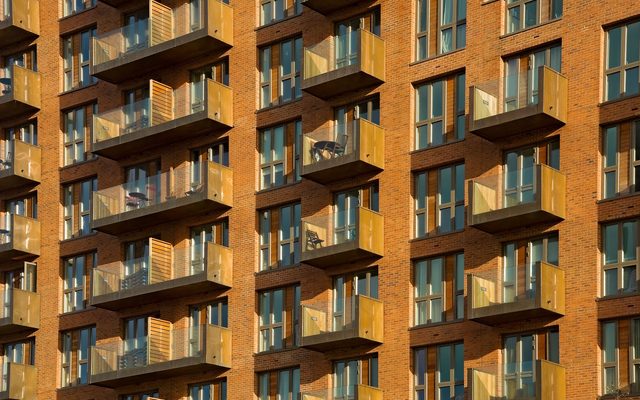This article is from the Australian Property Journal archive
SMALL-to-medium enterprises (SMEs) contributed 46% to all the total area of office space leased across the first half of 2023, although the number of bigger leasing deals is expected to rise in the back half of the year.
Fluctuating economic conditions, workplace expansion and upgrade preferences saw SMEs take up more than 130,000 sqm of the 283,000 sqm leased in deals for workplaces under 1,000 sqm, according to Colliers research.
By contrast, medium-sized occupiers, who took up 1,000 to 2,999 sqm, and larger occupiers, of 3,000-plus sqm, were responsible for 26% and 28% of office area.
Despite three years of heightened office leasing activity from SMEs, who proved more nimble as the market reeled during and following COVID, consistent strong demand from this market segment ensured the total area of office space leased nationally for the first six months was 11% more than the area recorded over the first half of the last four years.
Colliers’ managing director of office leasing, Cameron Williams said SME’s are “undertaking the heavy lifting for the office market evolution”. Their number of commitments lifted by 4.4% and gross area leased was up 3.7% across all CBDs nationally.
Williams said demand for offices in top locations and the ‘pull to precincts’, where employees benefit from public transport access and high-quality amenities, is further elevating areas such as the north eastern part of Sydney’s CBD, the Paris end of Collins Street in Melbourne and the River precinct in Brisbane.
Prime assets in Sydney CBD’s core precinct experienced growth in net effective rents by 11.4% over the past two years, which surpassed the average for the whole CBD of 5.0%, and represents the highest rental growth across all precincts and office asset grades.
Occupiers seeking quality, amenity and prestige also enhanced the position of prime-grade assets in the eastern core of Melbourne’s CBD, which witnessed growth in net effective rents by 7.8% over the past two years, as the average for the whole CBD declined slightly, by 2.7%.
Colliers’ national director of research Joanne Henderson said that while the flight to quality is not new to the office sector, prime-grade office area leased across CBDs nationally over the first half was up by 4.3% compared to the same period in
Demand for quality office spaces underpinned continued growth for premium net face rents across all CBD markets during the June quarter, particularly in Brisbane (1.1%) and Perth (1.0%).
While fierce competition between landlords for active occupiers in softer economic conditions is placing upward pressure on incentives, average prime net effective rents achieved annual growth of 4.3% by the end of June, despite falling by 1.0% during the past three months.
More larger deals tipped in second half
Williams said that although SMEs buoyed rents and the office leasing market over the first half, Colliers expects a large number of deals for high-profile tenants requiring over 5,000 sqm of space, to be agreed and announced in the second half.
“We are already starting to see green shoots in the uplift of larger deals.”
Nationally, the number of office leasing deals over the first for 3,000 sqm-plus was up 22% in the first half, accounting for an increase in space of 74% for this market segment. This represents the most office area – 79,443 sqm – leased to larger occupiers since the first half of 2019.
This week, Charter Hall announced it had secured a 10-year pre-commitment over 3,350 sqm of space at its $1.5 billion 555 Collins Street development in Melbourne.




